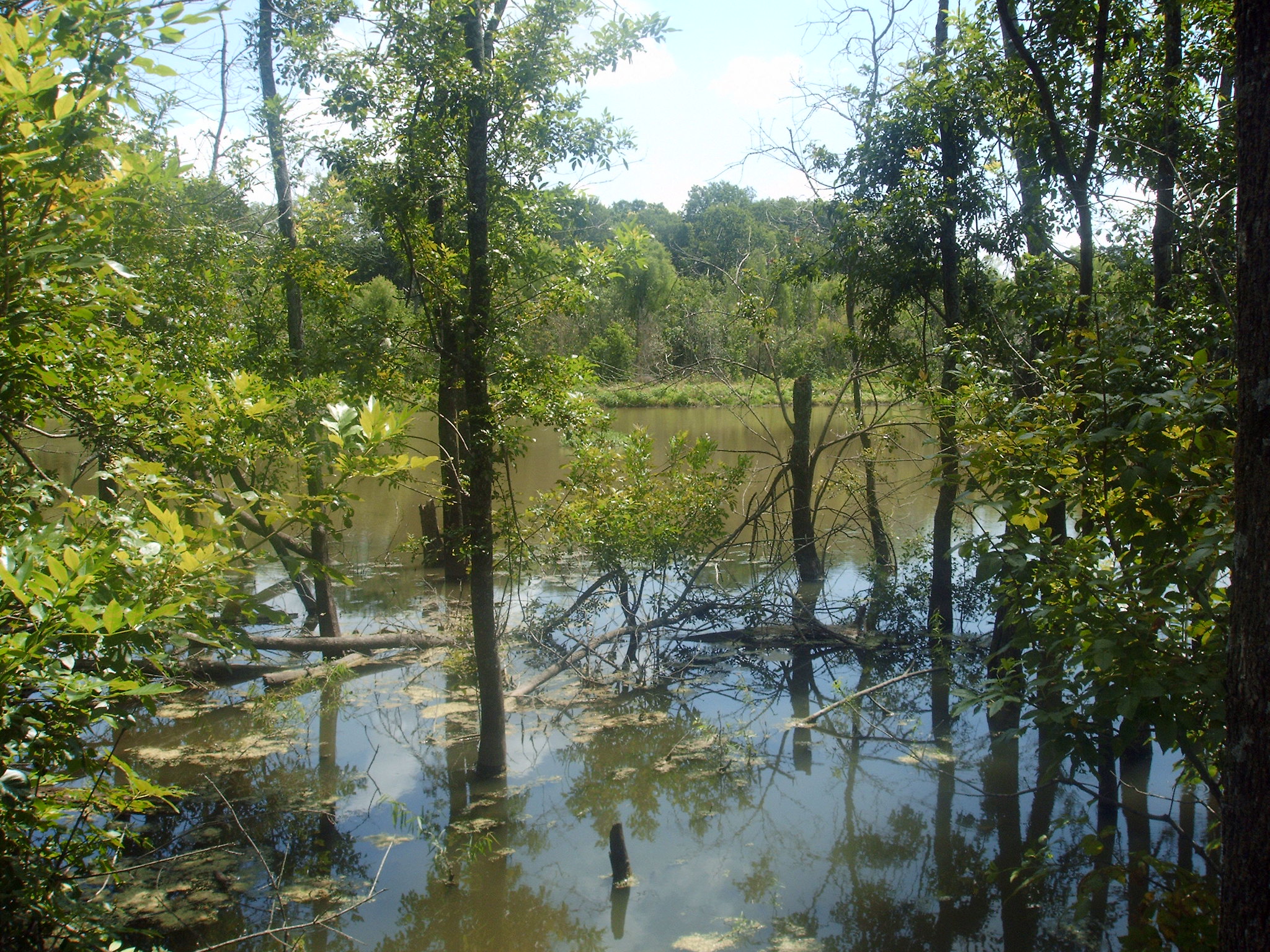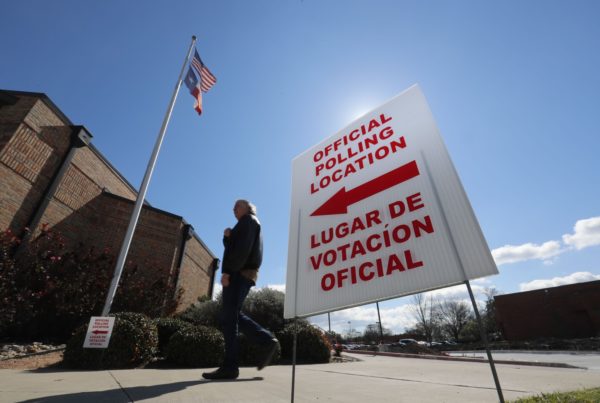Late last month the Federal Emergency Management Agency, or FEMA, quietly updated its flood protection infrastructure policy. In the past, the agency favored sea walls and levees for flood protection. Under the new guidelines, the agency is giving freedom to communities to invest in more natural flood prevention measures – a move that environmental advocates applaud.
Sam Brody is director of Texas A&M University’s new Center for Disaster Resiliency and Galveston’s Center for Texas Beaches and Shores. He told Texas Standard that flood mitigation measures can be structural – like levees and walls – or non-structural – like developing away from flood-prone areas or protecting natural features of the landscape that naturally mitigate flooding.
“Over the last 15 years my group has done a lot of research showing the value of environmental features such as naturally occurring wetlands,” Brody said.
Preservation of natural features has not only reduced flooding but has also lessened the cost of floods to homeowners, he says.
Texas has employed both kinds of mitigation strategies, including the “Ike Dike” in the Houston area, as well as more natural approaches. Brody says neither approach should be used exclusively.
“Combining these different approaches, and experiencing the positive, synergistic effects, I think, is really where we need to go,” he said. “And I think this new rule is a real big step in the right direction.”
















